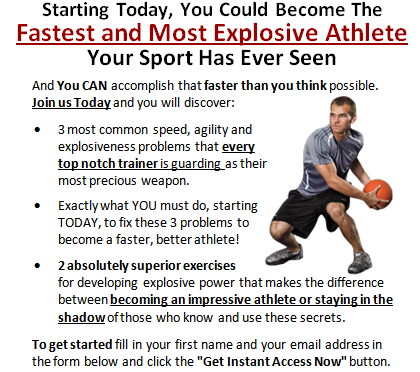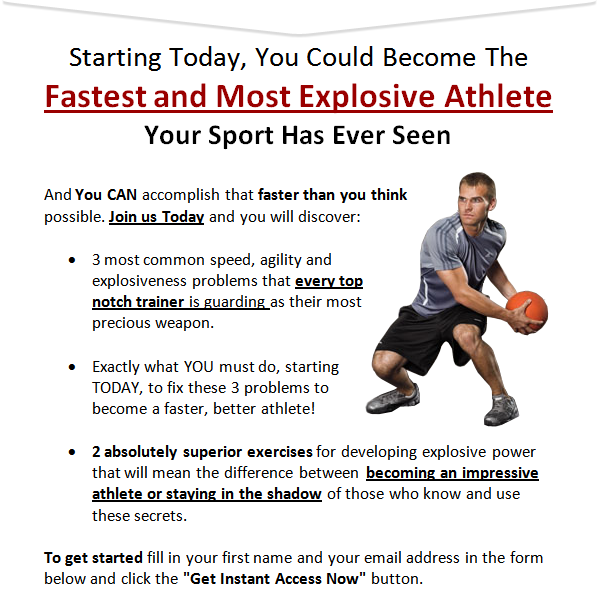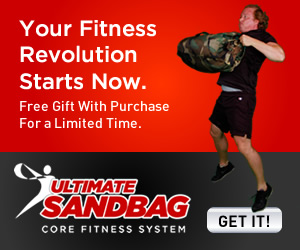After listening to Mike Boyle explain why he moved more towards single-leg training, I decided to give it a go and have found that I have seen tremendous strength improvements without the lower back pain I was getting from squatting really heavy weights. It makes sense to me to do more single leg work as it results in less back stress due to the reduced loads. Essentially you can place your legs under more stress, build more usable strength, and potentially add more size by working around your back, which is often the weak link in bilateral exercises like front and back squats.
I also think that single leg training transfers very well to the sports arena where most movements originate from a split stance, or where an athlete pushes off one leg from a parallel stance. It just makes sense to train your body that way.
The Best Single Leg Exercise
Rear Foot Elevated Split Squat (RFESS)
The rear-foot-elevated split squat also known as the Bulgarian split squat (BSS) has many benefits. Beginners to the exercise will develop balance and hip flexibility, along with increased strength and size. The great thing about this exercise is that you can heavily load it, but at the same time limit spinal compression. If you take all these things into consideration, it really does give you more bang for your buck.
Key Points to Consider:
-You obviously need to elevate your rear foot so a bench or low plyometric box works well depending on the height of the athlete performing the exercise.
-The start of the exercise is not too dissimilar from a back squat, in that you position the bar on your shoulders in a squat rack, lift it off the j-cups, and then take a step back. From here, it takes some balance and a little practice to lift one foot and place it on the bench or box behind you especially with a significant load. You then want to rest the top of your foot on the bench. Make sure that it’s not your toes but the top part of your foot.
- Instead of loading up with a barbell you can use a dumbbell or kettlebell. It is important that you centre the weight against your chest and keep it in tight throughout the whole lift.
- How deep in the RFESS should you go? Place an Airex pad or small cardboard box on the floor under the rear knee. The athlete must touch their rear knee on the box or balance pad each rep. It is important to use the same box or pad each workout to create some form of consistence.
- As with any squat, posture and a tight core are the most important things to coach or cue. Sometimes the RFESS can cause the back to arch more than normal so it vital that you keep the core tight and strong throughout the movement to maintain control.





